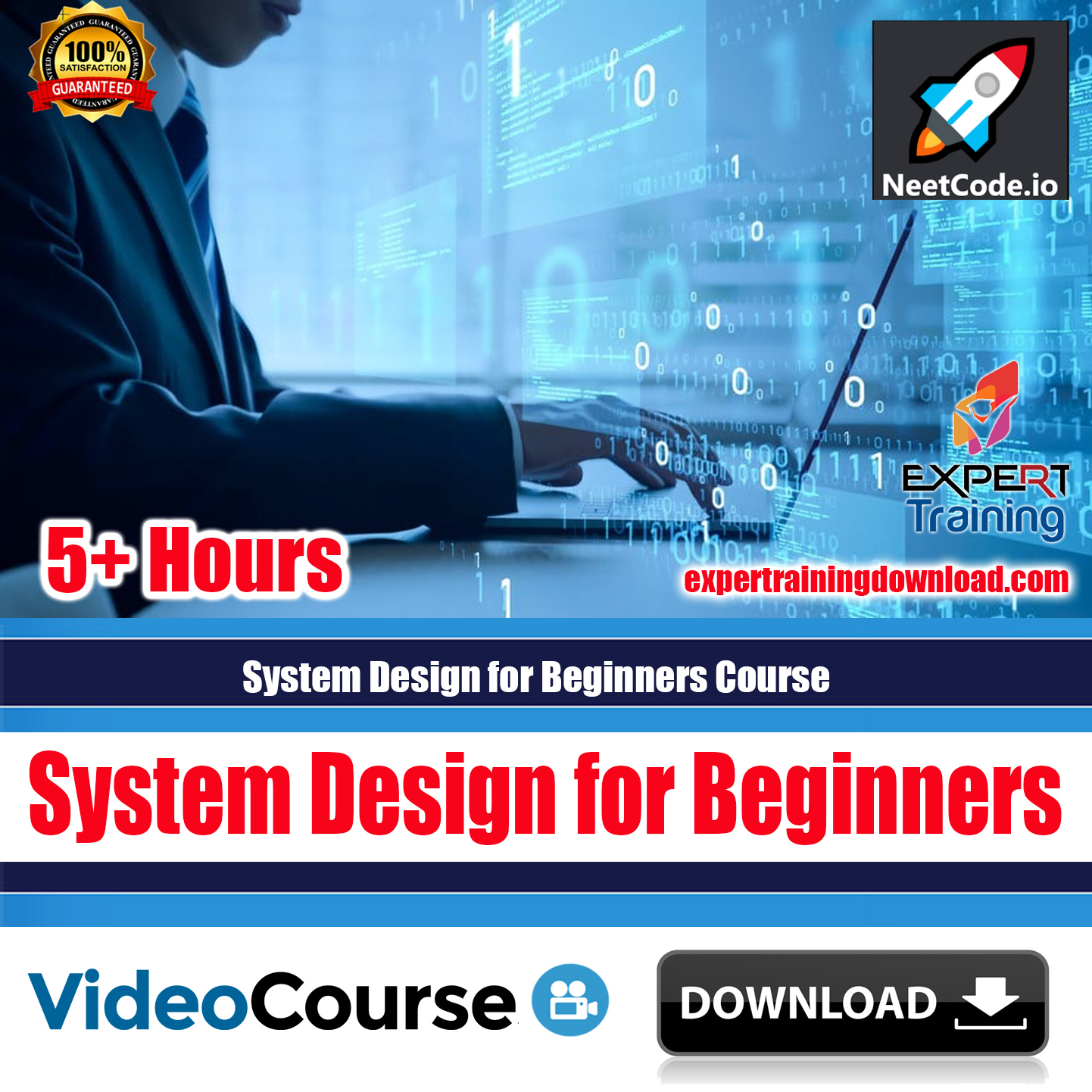Description
System Design Beginners Course is the perfect starting point for anyone who wants to understand how large-scale applications are designed from the ground up. This introduction also serves as the meta description. You will quickly learn the foundations of scalable systems, modern architectures, and real-world design strategies that top tech companies use.
Explore These Valuable Resources
- GeeksforGeeks – System Design Tutorial
- Grokking the System Design Interview
- FreeCodeCamp – System Design Basics
Explore Related Courses
- Software Engineering Courses
- Networking & Architecture Courses
- Cloud Computing Courses
- DevOps Learning Path
- Programming Essentials
Course Description
This comprehensive System Design for Beginners Course walks you through every fundamental concept required to build scalable, reliable, and efficient software systems. Furthermore, the course simplifies complex topics so you can understand how real-world architectures such as distributed systems, microservices, caching layers, and load balancers truly work.
You will learn how top engineers plan system capacity, optimize performance, and create fault-tolerant applications. In addition, each concept is explained using diagrams, real examples, and easy-to-follow modules, which helps you apply the knowledge immediately. Although system design may feel overwhelming at first, the course ensures a smooth learning experience through clear explanations and practical lessons.
By the end of the course, you will confidently analyze requirements, design scalable structures, and present system design solutions just like professional engineers. Consequently, you will gain a strong foundation needed for interviews, software roles, and advanced system architecture training.
What You’ll Learn
- Fundamentals of scalable system design
- Client–server architecture and communication flows
- Microservices vs monolithic architectures
- APIs, load balancers, and caching mechanisms
- Databases, indexing, replication, and sharding
- Distributed system concepts and CAP theorem
- Designing real-world systems: Facebook, Uber, YouTube, WhatsApp
- Performance optimization and capacity planning
Requirements
- Basic understanding of computers and software
- General familiarity with web or mobile applications
- Curiosity to learn how large-scale systems work
About the Publication
This course is created by experienced system design professionals who have worked on large-scale distributed systems and cloud-native architectures. Their goal is to simplify advanced engineering concepts so beginners can learn system design step by step. With years of hands-on experience in production-level systems, the authors ensure every module is practical, accurate, and industry-relevant.



Reviews
There are no reviews yet.